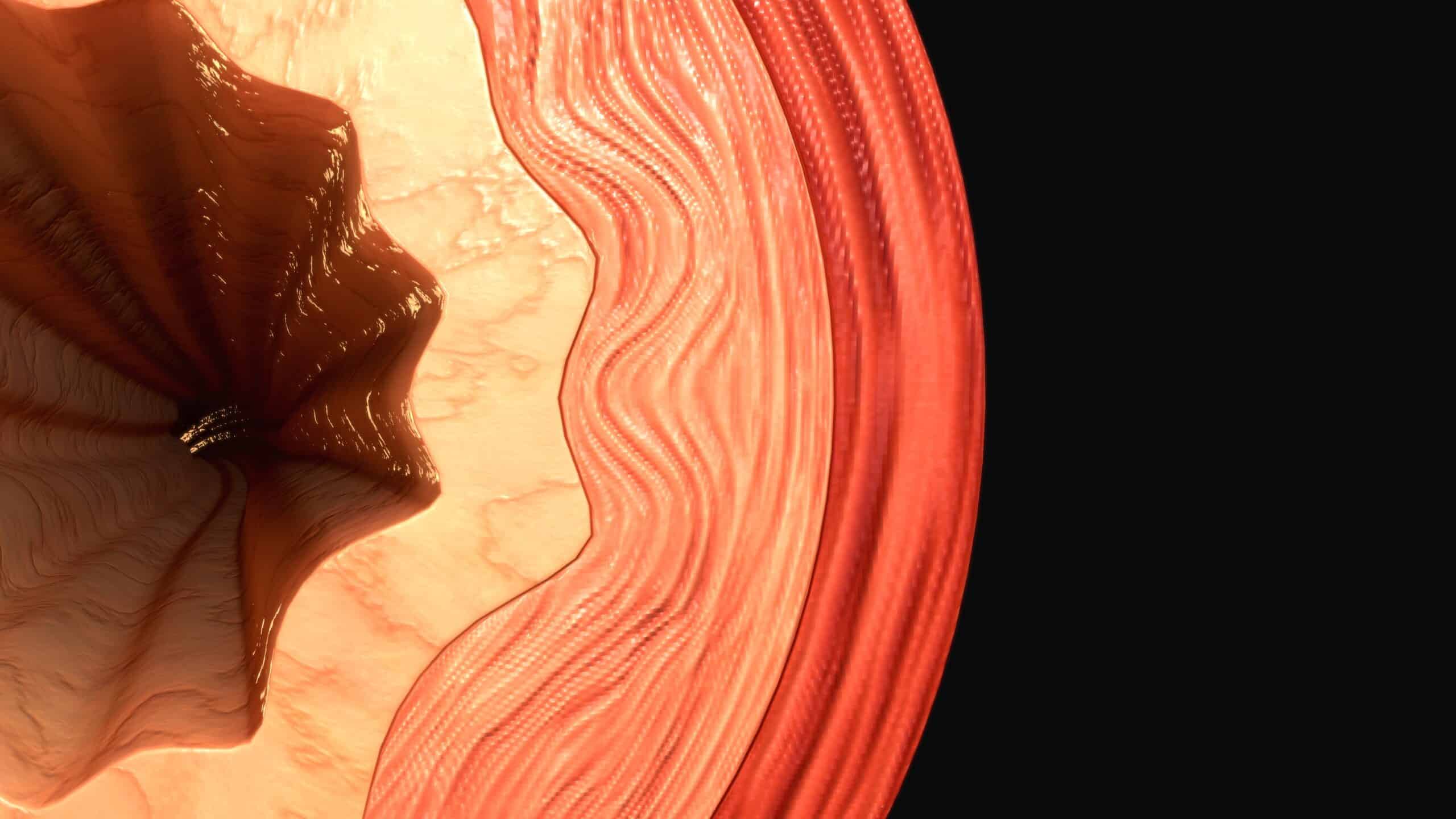Here’s what you need to know about your endothelium and EGX, how it relates to your overall health—and what we can do to maintain a healthy endothelium and EGX.
What does our endothelium and EGX do?
In 1998, researchers were awarded a Nobel Prize in medicine when they discovered some of the inner secrets of the endothelium. Once thought to be just a “wallpaper” between blood and the wall of our arteries, the endothelium is now understood to be the key to living a long and healthy life.
The cells are thin and yet very active, making hormones, permitting the passage of messaging chemicals, and maintaining proper blood vessel function. One of the key molecules made by our endothelium is nitric oxide (NO), which, when identified, was the reason the Nobel Prize was awarded. One of the surest signs of health is generous NO production, and the converse is true of many common diseases, including diabetes mellitus. The EGX is a carbohydrate-rich layer lining the vascular endothelium. It is considered to be connected to the endothelium through several “backbone” molecules and further protects arteries for optimal health. Some of the key functions of a healthy endothelium and EGX are:
- Prevention of inappropriate blood clotting
- Relaxation of arteries, promoting normal blood pressure
- Prevention of inflammation and plaques
- Smooth blood flow to deliver nutrients for cell metabolism
- Facilitation of glucose uptake and healthy blood sugars
What harms our endothelium and EGX?
All the classic risk factors for early heart and artery damage such as smoking, elevated blood sugar (pre-diabetes and diabetes), obesity, high blood pressure, and high blood cholesterol (particularly oxidized LDL cholesterol, which I measure in my clinic), can damage our endothelium and EGX.
Foods such as processed meals high in fat also quickly damage our endothelium and EGX. Some additional factors that directly damage our endothelium are elevated homocysteine levels and hs-CRP inflammatory particles, which can also be measured.
How do we know if our endothelium and EGX are healthy?
If you smoke, are obese, suffer high blood pressure or high cholesterol, have diabetes mellitus, or have erectile dysfunction, you likely have endothelial dysfunction (ED) and damage to your EGX.
However, it’s also now possible to directly measure the health of the endothelium. A blood test for ADMA is available. The higher the ADMA level, the lower the NO production and the more ED is present. When we heal our ED, the ADMA level drops as NO production is boosted. A device called the EndoPAT is also used to measure ED and monitor interventions to document recovery. New blood panels are being developed to assess the EGX, an emerging and exciting field.
How can we boost our endothelial/EGX function?
We all want a healthy endothelium for wellness, longevity, optimal fitness, sexual responsiveness, and heart attack and stroke prevention. Maintaining a healthy weight, avoiding smoking, and practicing vitamin “L” habits are key.
Certain foods can also boost the production of NO and reverse ED to power our health. These are foods with rich concentrations of L-arginine, including:
- Spinach, both green and red, kale, bok choy
- Rhubarb
- Beets
- Watermelon, including the rind
- Nuts, particularly pine nuts
- Greens, particularly arugula
- Whole grains like oats and wheat germ
- Garlic and onions
Another path is to use polyphenol-rich foods or functional foods to boost the enzyme that makes NO, called eNOS, to enhance NO production. Apples and grapes have high concentrations of these molecules and have been shown to boost exercise duration. Many foods are rich in polyphenols and have profound benefits when included in our diet. Seaweed can boost the EGX and novel molecules are being tested to further support a healthy EGX.
Focusing on a healthy endothelium/EGX can lead to improvements in blood pressure, sexual performance, and overall energy using natural medicine. I teach patients to develop lifestyles that support healthy arteries and then we test to demonstrate progress and success




